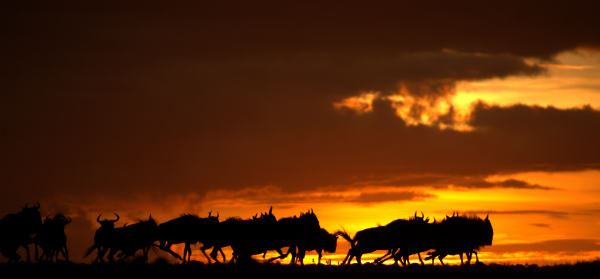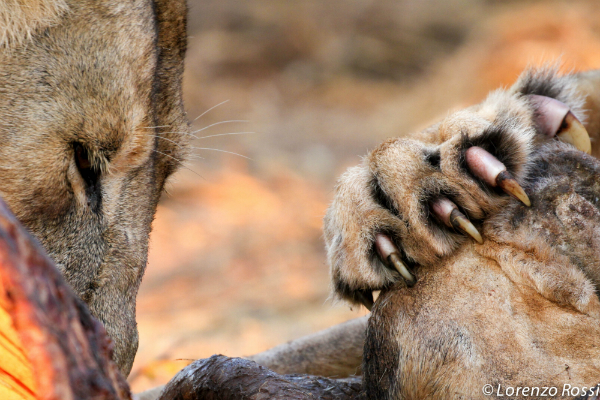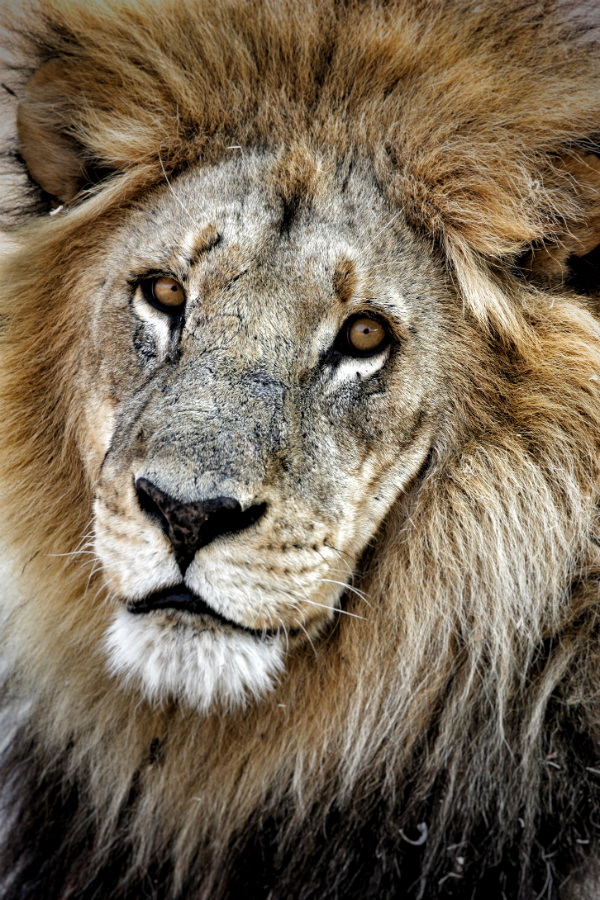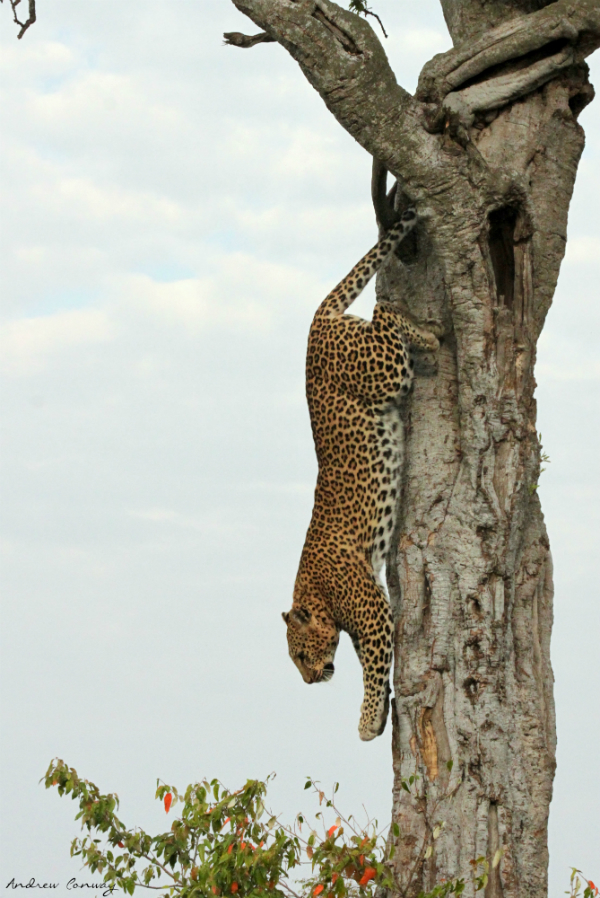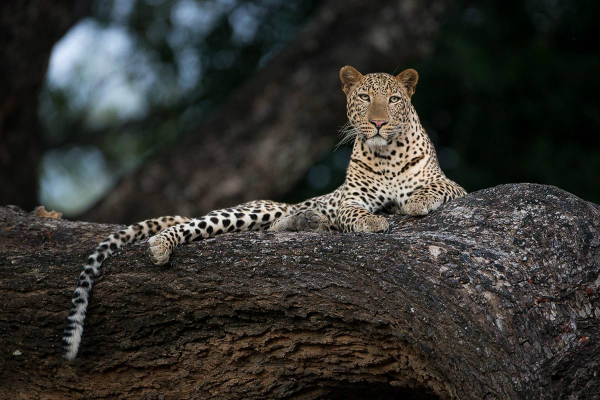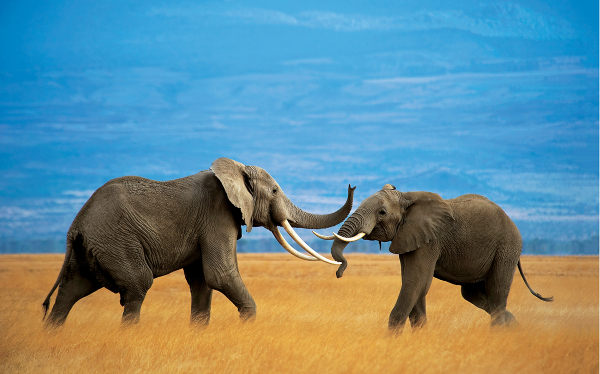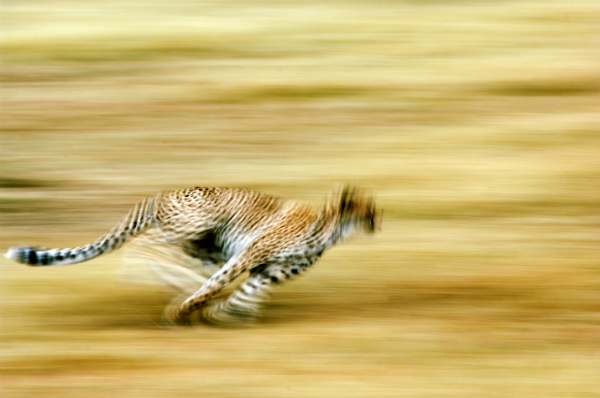Top 10 African Wildlife Photography Tips
If there’s one thing that makes a safari unsurpassed, it is the ability to capture amazing scenes and portraits of the rich wildlife. Unfortunately, for the average vacationer, professional wildlife photography is not a natural gift, and our wildlife snaps can resemble photos taken in a rush – all thumbs, shadows and harsh light.
To help you get the most out of your safari, and make sure that the moments you capture stand the test and can be proudly displayed on your mantelpiece at home, we’ve gathered the best African wildlife photography tips from our resident experts. Here’s what they have to say:
#1: Get out early and stay out late
#2: The lower the better
#3: Put your subject on the side and leave the center to a detail
#4: Look for the eye
#5: Action! Choose the correct shutter speed
#6: Be prepared for the perfect moment
#7: Look for frames with the frame
#8 How to capture moving subjects
#9: Panning a shot
#10: Work with the environment
#1: Get out early and stay out late
– Roelof Schutte, Naboisho Camp Manager and Walking Guide
Get out early and stay out late! It’s all about the early morning and late afternoon light – the so called ‘’golden hour’’!
About this shot
Herd of wildebeest on the move at sunset – Taken in Mara Naboisho Conservancy. This image was taken very late, long after sunset and I had to wait for the still standing wildebeest to maybe run: And that they did, with dust flying up from their hooves … You have to be patient and stay out late! The herd is moving out of the darkness into the light with a dark sky looming and a treacherous night awaiting them with lions on the prowl.
About Roelof
Roelof is an expert walking guide with over 9 years of experience. His career has been an outstanding, exhilarating journey taking him from the Zambezi Valley in Zambia and the Tarangire National Park in Tanzania, all the way to the windswept volcanic plains of Kenya’s world renowned Masai Mara at Asilia Africa’s Naboisho Camp.
Follow Roelof
Instagram: https://instagram.com/roelofschutte/
Twitter: https://twitter.com/rjsinthebush
#2: The lower the better
– Pietro Luraschi, Asilia Tanzania Head Guide & Head Guide Trainer
When taking pictures of wildlife it is important to be as close to the ground as possible. An eye to eye angle will give the image a much more dramatic impact and will give the right perspective, helping to show the dimension of the animal. The other big advantage of shooting at a lower angle is that the background of the picture will be what is behind the animal and not what is below, and whatever you are taking a picture of will stand out much more.
About this shot
I tried to find this leopard for an entire afternoon, I could hear the bush hyraxes alarming but he would not come out. We waited and waited. Finally he came out, walking slowly on an elephant path. After positioning my car as best as I could, I got as low as possible (not having the door helps) and took this and other pictures until the leopard moved away, just before my entire body started cramping from the uncomfortable position! Regardless, little cramps are not a big price for a good picture.
About Pietro
Pietro’s passion for wildlife and people brought him to Africa and after 13 years of guiding this same passion still fuels his every step. He started as a resident guide and then moved into private guiding, exploring remote wilderness and untamed places.
Training and walking are his true love and even after many years of walking he is still enchanted by the feeling one gets following an elephant path. A trainer for years, he is still moved by the feeling of helping young people to fulfil their dreams. His role as theHead Guide at Asilia Africa brings all of these elements together.
Follow Pietro
Facebook:Pietro Luraschi
#3: Put your subject on the side and leave the centre to a detail
– Lorenzo Rossi, Head Guide and walking guide at Kwihala camp
When you try to take a picture of something that looks perfect to your naked eye, but boring on camera, try to rethink and recompose the photo. Focus on a small detail and put it in the centre of the photo and leave the main subject on the side, preferably choosing it in a way the subject is facing the detail. By doing this, you will give “space” to your main subject which in turn will enhance the importance of the detail. Using the same subject but different composition will change your photography.
About this shot
I find it very difficult to take interesting photos when lions are feasting on a big kill, as everything looks too confusing. The “wakali” pride killed a giraffe in the night and we had been with them the whole day waiting for the perfect late afternoon light. This lioness was popping up from the other side of the giraffe carcass when I was trying to take a pic of another beautiful lioness, then the big paw of another one came up from nowhere…I simply recomposed the shot and that’s it.
About Lorenzo
Born in Italy in 1984, Lorenzo speaks Italian, English and Kiswahili. After graduating in engineering in Milan he decided to visit Tanzania and enjoy his passion for nature. He is a qualified Level 3 and First Rifle Trails Guide FGASA. He has been working at Kwihala in Ruaha since 2011.
#4: Look for the eye
– Tony Reumerman, Group Training Manager at Asilia Africa
Portrait photos are often one of our top shots as wildlife photographers and when an opportunity arises we make sure that we ‘Look for the Eye’. The eye of an animal is the ‘key to the soul’; the eye depicts the mood, the focus and the intent. For this reason it is vital that the eye of your subject is sharply in focus.
Key tips:
- Look at the animal, look at what it is doing and look for the eye.
- Take control of your camera’s autofocus and make sure that you focus on the eye; not the nose or the ear or the cheek.
- Ensure that your camera is on ‘one-shot’ autofocus mode for portraits and not on ‘AI servo’ mode as it can create focussing chaos.
- Look at the animal and understand what it’s looking at! This will enhance your image.
- If the animal is looking in a certain direction, don’t cut out the space that it’s looking into. Space has a lot meaning and if included, will enhance the photo and the story.
- Look for a glint in the eye, this makes for a way better shot than a dark or dull eye – the glint creates life!
About this shot
If you look at this lion portrait notice how the nose and ears are out of focus yet the right eye is the focus of the portrait, also notice the glint in the eye. Good luck!
About Tony
Tony is a well-seasoned guide, naturalist and photographer. He has spent over 20 years guiding and photographing in the African bush and savannahs of South Africa, Botswana and East Africa. Presently he heads up the Asilia Training Team as well as conducting private photographic safaris.Tony’s book on the Okavango Delta is available on Okavango Field Guide
#5: Action! Choose the correct shutter speed
– Andrew Conway – Guest Experience Manager, Encounter Mara
When trying to capture wildlife in action, choosing the correct shutter speed is key! If the shutter speed is not high enough, the image will come out blurry and you have missed your perfect shot. Shutter speed will also affect the clarity and sharpness of your photo. Play around at home with your pet or passing cars to figure out the right shutter speed for moving subjects.
About the Shot
I took this photo with a shutter speed of 1/1000 of a second, ISO 1600, 100mm, f/14.
About Andrew
For Andrew, the African bush is where he feels most alive, most content, most happy, and most fulfilled. Born and bred in Kenya, Africa is his addiction, and his passion is sharing glimpses of his home with his guests. He has trained in South Africa with FGASA, Tanzania with Asilia, and KPSGA in Kenya. He is currently based at Encounter Mara, where he is part of the management and guiding team.
Follow Andrew
Facebook: https://www.facebook.com/conwaysafrica
Instagram: https://instagram.com/conwaysafrica/
#6: Be prepared for the perfect moment
– Edward Selfe, Specialist Photographic Guide
As wildlife photographers, we often sit and wait for that perfect moment, sometimes inviting ridicule from traditional safari-goers who have long since moved on! Be sure to use that waiting time to best effect: take a shot of the scene and see how it looks on your camera’s screen. It doesn’t matter that the image is not the one you really want (it’s free to take a photo anyway!) and it will allow you to adjust your exposure settings so that the shot is exactly how you want it when the action happens – a few minutes spent ‘practicing’ always pays off.
About this shot
I waited for over two hours for this leopard to descend the branches and start his evening of hunting. Hoping that he would pause for a while on this comfortable horizontal branch, I positioned my vehicle and waited. While I waited, I took repeated shots of the dark Ebony branch (without the leopard!), adjusting the exposure to compensate for the very dark bark and background. I’m glad I did because this image required heavy under exposure to ensure the leopard subject was not too bright.
About Edward
Edward Selfe holds both Luangwa’s coveted guiding licenses. During 6 years of leading safaris he has taken many photographers into the bush, assisting keen amateurs develop their skills and helping professionals create award-winning photographs. Ed’s guiding style is one of ‘exploring with his guests’ and he loves discovering new areas, trying new techniques and reading the signs of the bush. As a highly skilled naturalist, he is interested in wildlife and photography and is the ideal guide for anyone with a passion for both.
Follow Edward
#7: Look for frames with the frame
– Graham Springer,photographic artist and documentary cameraman
Using environmental elements to frame your subject can add an interesting compositional aspect to an image. This can serve to place the subject in the context of the environment in a creative way and can give a slightly more detached, voyeuristic feel to your image.
Sharp focus is not negotiable.
Images copyright of Graham Springer
About Graham
A photographic artist and documentary cameraman focusing primarily on the wild places and creatures of Africa, Graham has spent most of the last decade in the wilderness of northern Botswana working hard at creating a portfolio of images that represent the ineffable spirit of that remarkable place.
Follow Graham
#8 How to capture moving subjects
– Greg du Toit, African Wildlife Photographer and Nikon Ambassador
If your subject is moving, it is critical to change your autofocus setting from ‘AF-S’ to ‘AF-C’ for Nikon, or from ‘One Shot’ to ‘Servo’ for Canon. Other camera manufacturers will have the same setting to change, but each will have slightly different terminology, so check your manual.
Keeping your moving subject in your viewfinder, pan with it while trying to keep the centre focus selector on its head. For as long as you have the finger depressing the shutter button halfway, your camera’s focus will track and even predict your subject’s movement. Every few seconds, it is important to remove your finger completely from the shutter button and to refocus your subject.
About Greg
Greg du Toit was the Wildlife Photographer of the Year 2013. South African born and bred, he has lived and worked in four different African countries. Greg has written various books on wildlife photography, all which can be bought on his website
Autographed copies of his work are available at www.gregdutoit.com
#9: Panning a shot
– Paul Joynson-Hicks, Wildlife Photographer
My personal favourite, and not entirely mainstream is the ‘panning’ shot. Technically it’s very easy and it’s also great fun and you can have many weird and wonderful results.
How to Pan: You need a long exposure – I tend to start around 10/s (10th of a second) and to make your life easier put the camera onto ‘A’ mode, or Aperture Priority, so you set an aperture which will give you that low shutter speed. Then, as an animal is moving alongside you, simply take a bunch of photos following the animal as it is moving i.e. ‘panning’ with the camera. The effect you are looking for is movement and here is a pic I particularly love which hopefully gives that impression!
Problems: There is one small problem you might encounter if you try and ‘pan’ during the middle of the day when it’s very bright. You may well find that your highest aperture and lowest ISO still gives you too high a shutter speed.
Two things to do here:
- Go and have a siesta and don’t worry about it, or
- Put on a ND filter (neutral density) which removes light if you have one.
About Paul
Born and bred in the UK, Paul Joynson-Hicks, started his journey as a photographer as assistant to Angelo Valentino. Moving to Africa in 1993, Paul has lived and worked in Uganda and Tanzania and has published four photography books throughout his career. Paul’s passions extend beyond photography and he is involved in various charity projects.
You can find out more about Paul’s projects and buy prints at www.pauljoynsonhicks.com
Follow Paul
Instagram: www.instagram.com/pj_hicks
#10: Work with the environment
– Markus Coerlin, Safari Guide and Camp Manager
I find that a lot of people are always trying to find that clean picture environment where there are no branches in the way, no leaves and no shadows. It is of course true that the crystal clear image where the subject is bathed in perfect light are the images where one screams a “halleluliah” to the heavens, but more often the conditions are not all that great. More often I find it is the imperfections that are the things that make an image beautiful. Shadows are to animals what mascara is to models. Dust and rain create atmosphere. It is the branches and the leaves, the glare and the dust thatoften give the emotions to an image. Why not play around with them a little more?
About Markus
Markus has been working in safari and conservation for the past 12 years. He is a fully qualified safari guide who focuses mainly on walking and horse safaris. He has worked and guided in South Africa, Mozambique, Botswana, Zambia, Malawi, Tanzania and Kenya soaking up the rich diversity of the various flora and fauna. He has also managed luxury safari camps, run conservation and research projects as well as setting up horse safaris and community based activities and has been heavily involved in guide training. He is a qualified South African and Zambian safari guide.
Follow Markus
Instagram: https://instagram.com/markuscoerlin
Armed with these tips there’s no way that you won’t come back with a trophy shot from your next safari.
Do you want to get to the bush to start taking amazing photographs? The following camps provide some of the best African wildlife photography opportunities:
Kwihala Camp, Ruaha – A good all round photography location, remote Kwihala is raw beauty personified, with rolling hill landscapes, rocky outcrops and good game viewing. The Ruaha National Park area is renowned for it’s concentrations of predators and big game.
Namiri Plains, Serengeti – Known for spectacular predator sightings, Namiri Plains is located in the heart of big cat country and undoubtedly offers East Africa’s best cheetah viewing opportunities. The stark, epic landscape with endless plains completesthe experience.
Sayari Camp, Serengeti – Set close to the banks of the Mara River, and boasting dramatic views out across the wide plains of the northern Serengeti, Sayari Camp offers unparalleled access to the greatest migration on the planet with great all-round wildlife photography opportunities.
Oliver’s Camp, Tarangire – Set in the secluded Tarangire National Park, Oliver’s Camp offers a highly diverse landscape with dry baobab woodlands and lush green swamps. Tarangire boasts large herds of elephant and buffalo and is the ideal all-round landscape photography destination.
Asilia’s first-ever, photographic vehicle is available at all our Kenyan camps in the Greater Masai Mara region.
More Experiences Articles

Experience A Slow Safari
26 July 2019By Anwynn Louw – Digital Marketing Assistant The Art of Slow Travel – “Slow T...

BBC One: Serengeti – The Elephant
25 July 2019By Britta Foulis – Content Marketing Manager BBC One’s latest mi...

Four Great Locations For A Family Reunion Safari In East Africa
19 July 2019By Anwynn Louw – Digital Marketing Assistant Planning a multigenerational saf...

BBC One: Serengeti – The Baboon
17 July 2019By Britta Foulis – Content Marketing Manager BBC One‘s latest mi...
